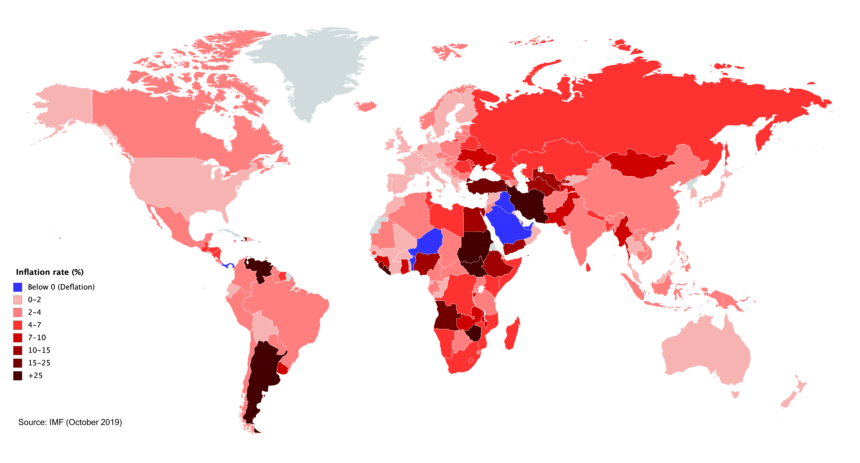The Canadian inflation rate jumped to 2%, exceeding market expectations. This reflects a significant shift in Canada’s economy.
The increase in gasoline prices is a major leap over the 1.6% of last month and surpasses analyst’s expectations for a moderate 1.9%.
Experts suggest that despite the rise, inflation is still within the Bank of Canada target range. This indicates a complex but controlled economic climate.
Fuel and transport costs are the main drivers of inflation
Inflation was driven by a change in the gasoline price, which dropped 10.7% from September to October but then showed a lower comparison year over year, leading to an 4% drop.
The change in transportation cost has been significant. It increased by 0.2% compared with a rate of -1.5%.
The fluctuations in energy prices are a good indicator of the importance that these commodities play for overall inflation.
Housing and food inflation showed mixed signals. The food inflation rate rose to 3.0% from 2.8%. Shelter inflation fell from 5.0% to 4.8%.
The complexity of the inflationary pressures that Canada faces is evident in these diverse trends.
Prices of groceries are rising faster than inflation
In October, food retail prices increased faster than in September (+2,4%).
The price of groceries increased more than the headline inflation rate for the third month in a row.
The price increases in other fresh vegetables (up 7.3%) and fruits and prepared fruit (+7.6%), were the main factors behind this acceleration.
The increase in fresh and frozen beef was offset by a downward trend in October (-7.0% vs. +9.2%).
Loonie gains despite inflationary pressures
The Canadian dollar (or loonie) has strengthened against the US Dollar, surpassing the 1.4 level despite inflationary concerns.
This shift followed stronger-than-expected inflation data, signaling renewed investor confidence in Canada’s economic resilience.
After a higher than expected core inflation rate of 2,6% in October (up from 2,4% in September), the currency is rising due to the subdued expectation of rate reductions by the Bank of Canada.
The Canadian economy has shown strength in recent data. This includes a better-than-expected rate of unemployment and positive readings on the Purchasing Managers’ Index.
The central bank has remained cautious due to these strong economic indicators.
The strength of the US Dollar, boosted by concerns over possible US sanctions against Canadian exports, and the possibility of a Federal Reserve that is less dovish, has somewhat limited the gains of the Loonie.
This article Canada’s inflation hit 2% in Oct amid increasing gas prices first appeared on The ICD
This site is for entertainment only. Click here to read more






